Connection through attribution
/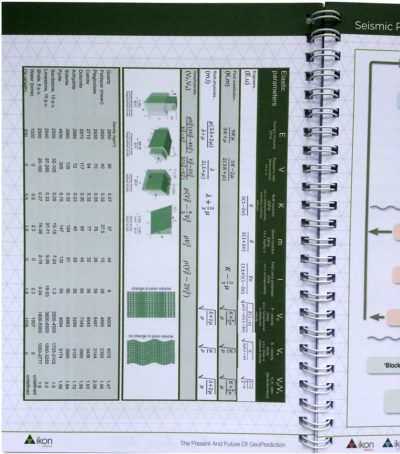 Agile's rock physics cheatsheet. Sort of.At EAGE I picked up Ikon Science's latest swag, a coil-bound notebook. On page 8, I found a modified version of our rock physics cheatsheet. "Hey, that's neat, someone thinks it's useful!" But then I thought, "Darn, I wish they'd mentioned us." Like nearly all of the work we do that's online, it's labelled CC-BY. Meaning anyone can use it, however they want, but with attribution.
Agile's rock physics cheatsheet. Sort of.At EAGE I picked up Ikon Science's latest swag, a coil-bound notebook. On page 8, I found a modified version of our rock physics cheatsheet. "Hey, that's neat, someone thinks it's useful!" But then I thought, "Darn, I wish they'd mentioned us." Like nearly all of the work we do that's online, it's labelled CC-BY. Meaning anyone can use it, however they want, but with attribution.
It's incredibly rewarding to see our stuff being used and spreading. That's why we put it out there. And by using a CC-BY license, we hope others will distribute, remix, tweak, and build upon our work, even commercially, as long as they credit us for the original creation. Creators have a choice when they are sharing, and because we want the maximum dissemination possible, we often choose the most accommodating license.
Why don't we completely relinquish our rights and opt out of copyright altogether? Because we want recognition for our work, and the attribution brings us connection.
The best people I have met are the ones who are generous, connected, and open. Being diligent with attribution isn't easy, but it plays an important part in being awesome.
Julianne O'Brien from Ikon Science sent an apology and informed that the lack of attribution in their notebook was a genuine mistake. You can read her comment in the comment section below. Their team now has an hightened level of awareness for this kind of thing, which I think is great for everybody. I have been told that the notebook has been corrected and re-printed. Onwards with the awesomeness...


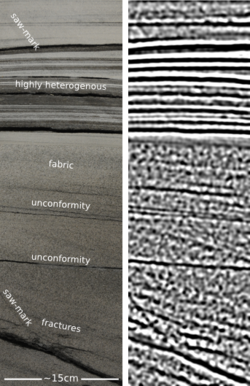



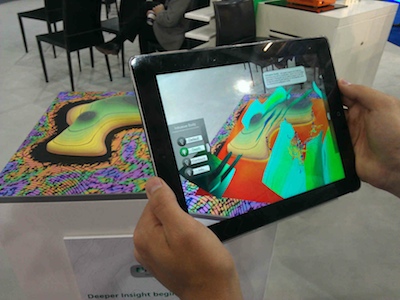
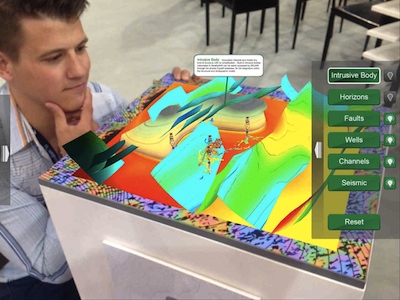

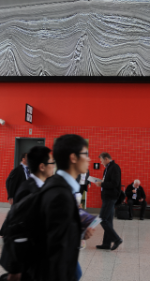
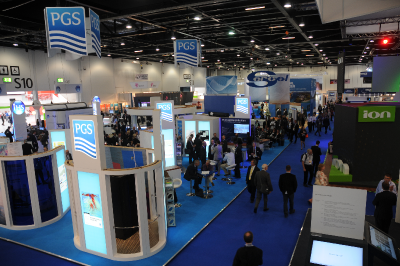


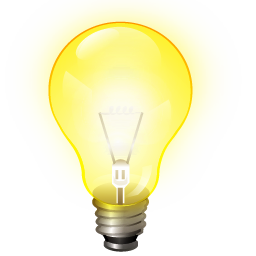







 Except where noted, this content is licensed
Except where noted, this content is licensed